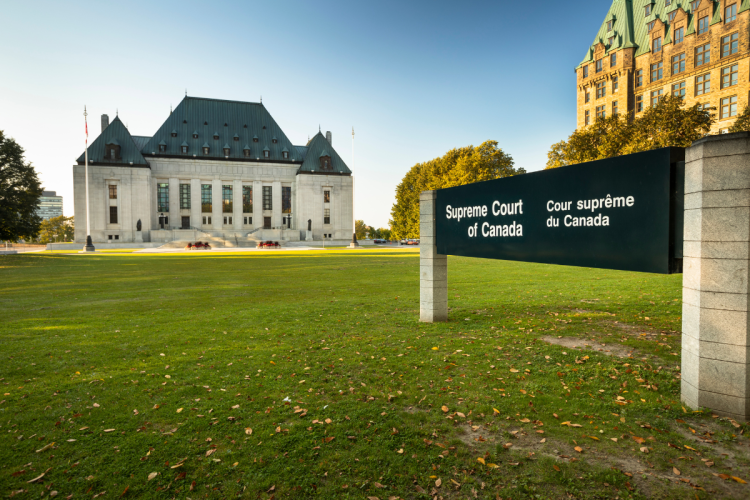Blueberry River First Nations Implementation Agreement: A pathway for negotiating cumulative effects claims

On January 18, 2023, Blueberry River First Nations (BRFN) and the Province of British Columbia announced they reached an Implementation Agreement (Agreement). The two parties entered into the Agreement in response to the British Columbia Supreme Court’s 2021 decision in Yahey v British Columbia, which found that the cumulative effects of industrial development authorized by the Province unjustifiably infringed BRFN’s Treaty rights.
This Agreement provides a pathway for First Nations and provincial governments to resolve future cumulative effects claims through negotiation rather than going through a judicial process.
2021 British Columbia Supreme Court Decision
The Yahey decision was the first time a Canadian court found that the cumulative effects of Crown conduct were an infringement of Treaty rights. The Court’s main findings were:
- The Province had “taken up” lands under Treaty 8 by authorizing extensive industrial development in BRFN’s traditional territory.
- The Province’s power to take up lands under Treaty 8 is not limitless and sufficient land must be left for a First Nation to meaningfully exercise their Treaty rights.
- A high percentage of BRFN’s traditional territory (more than 84%) is in close proximity to industrial disturbances, which had likely contributed to the decline of wildlife in the area.
- BRFN members could no longer access their preferred hunting, fishing and trapping areas.
The Court determined that the Province’s regulatory regimes failed to provide appropriate mechanisms for assessing and managing cumulative effects on Treaty rights. The Court declared that the Province could not continue to authorize activities that breached Treaty promises but suspended the declaration to give BRFN and the Province time to negotiate changes to the regulatory regimes that would recognize and respect BRFN’s Treaty rights.
The Blueberry River First Nations Implementation Agreement
The Agreement aims to address the cumulative effects on BRFN’s claim area through land restoration and limits on industrial development. The Agreement establishes a restoration fund and British Columbia has agreed to contribute $200 million to the fund by June 2025. This is in addition to $65 million for land restoration, wildlife stewardship and cultural and capacity investments provided to BRFN under an initial agreement signed in October 2021.
The Agreement provides for the implementation of an ecosystem-based management approach for future land-use planning in BRFN’s claim area and protection for BRFN’s high-value areas from new petroleum and natural gas and forestry development. The Agreement also includes measures related to ensuring protection for old forest and traplines and wildlife co-management.
BRFN will receive an $87.5 million financial package over three years, with further opportunities for revenue-sharing and royalties.
Potential Impacts on Future Cumulative Effects Claims
The Yahey decision was expected to prompt other Treaty infringement claims on the basis of cumulative effects. At the time Yahey was decided, similar claims had already been commenced in Alberta and Saskatchewan. Many numbered Treaties across Canada have similar “taking up” clauses as contained in Treaty 8, meaning that courts may make similar findings with respect to the provinces’ ability to take up lands under other Treaties. The Agreement between BRFN and British Columbia may serve as a template for First Nations and provincial governments to resolve cumulative effects claims by negotiation rather than through the courts.
If you have questions about the Yahey decision or the Implementation Agreement, we encourage you to reach out to one of the lawyers in our Indigenous practice group.
Note: This article is of a general nature only and is not exhaustive of all possible legal rights or remedies. In addition, laws may change over time and should be interpreted only in the context of particular circumstances such that these materials are not intended to be relied upon or taken as legal advice or opinion. Readers should consult a legal professional for specific advice in any particular situation.





